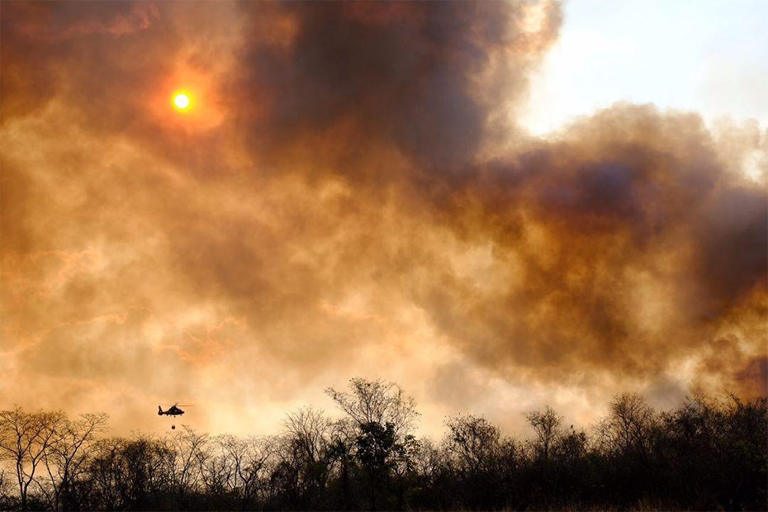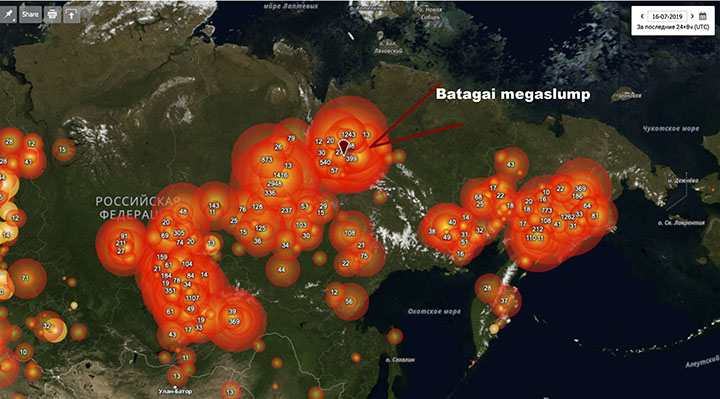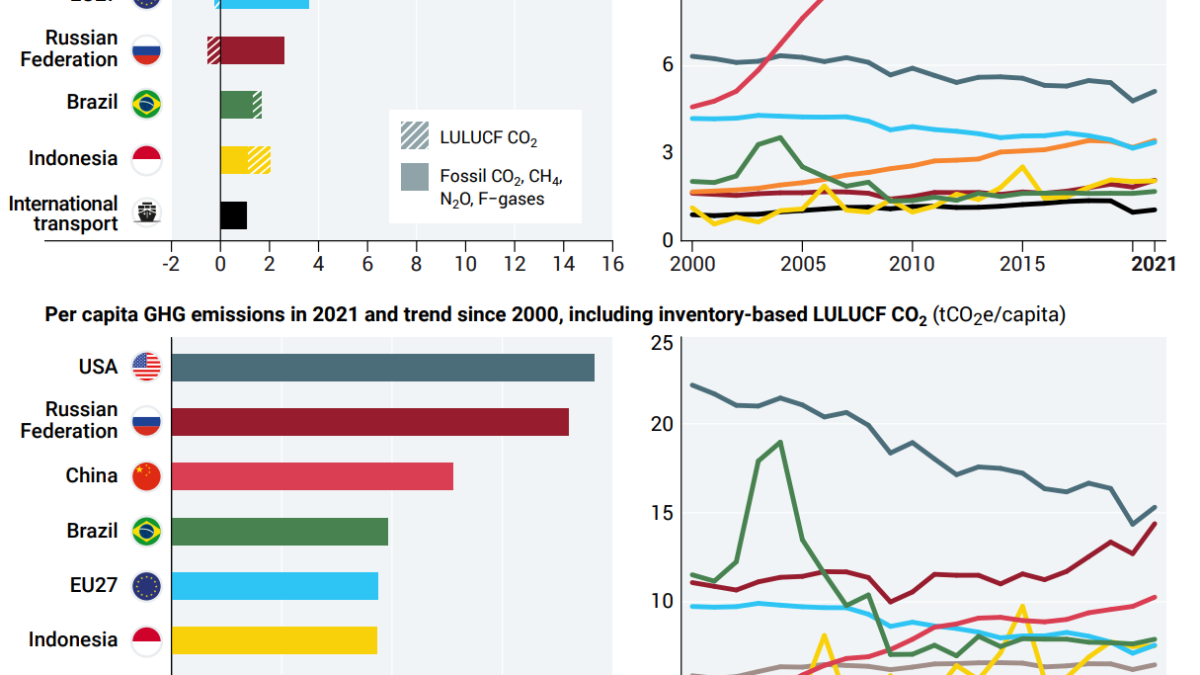Study finds possibility that more Europeans died because of heat in 2022 than any year in recorded history

By Alice Park
10 July 2023
(TIME) – As the Earth continues to warm, the rising temperatures are contributing to a number of health conditions that are in turn driving up mortality. And for the first time, scientists have figured out a more detailed way to estimate how many deaths can be attributed to heat.
In a paper published in Nature Medicine, researchers in Spain and France calculated that more than 61,000 deaths in Europe could be blamed on the heat during the summer of 2022, the hottest summer on record for the continent. (At least until the readings from 2023 are analyzed later this year.)
“We are probably not aware of how heat is a silent killer,” says Joan Ballester, professor at ISGlobal, a private research foundation in Barcelona, and lead author of the paper.
While health experts have known that rising temperatures can contribute to an increase in potentially fatal conditions such as heat stroke and an increase in heart-related events such as heart attacks, irregular heart beats, and even heart failure, few studies have quantified how much heat can contribute to higher mortality. Using carefully calibrated data on temperatures recorded during the peak of the European heat wave in 35 countries from the end of May to the beginning of September last summer, and correlating that information with more than 45 million similarly temporally calibrated deaths across Europe, the scientists found a strong association between increased temperatures and higher mortality. They adjusted for the fact that deaths would lag by a few days behind periods of high temperatures, as the health effects of heat may take a few days to manifest, as well as for the expected mortality in the absence of excessive heat. After creating models that tracked short-term fluctuations in temperature and mortality, they found that on warmer days and shortly thereafter, mortality increased.
Using that method, they found that, of the 35 countries investigated, Italy, Spain, Germany, France, the U.K., and Greece recorded the highest number of heat-related deaths during the summer of 2022. Most of these deaths occurred during a five-week heat wave from mid-July to mid-August. By comparison, there were around 40,000 heat-related deaths in Europe in 2018 and 2019, and 33,000 in 2020.
More Europeans Died Because of Heat in 2022 Than Any Year in Recorded History

Heat-related mortality in Europe during the summer of 2022
ABSTRACT: Over 70,000 excess deaths occurred in Europe during the summer of 2003. The resulting societal awareness led to the design and implementation of adaptation strategies to protect at-risk populations. We aimed to quantify heat-related mortality burden during the summer of 2022, the hottest season on record in Europe. We analyzed the Eurostat mortality database, which includes 45,184,044 counts of death from 823 contiguous regions in 35 European countries, representing the whole population of over 543 million people. We estimated 61,672 (95% confidence interval (CI) = 37,643–86,807) heat-related deaths in Europe between 30 May and 4 September 2022. Italy (18,010 deaths; 95% CI = 13,793–22,225), Spain (11,324; 95% CI = 7,908–14,880) and Germany (8,173; 95% CI = 5,374–11,018) had the highest summer heat-related mortality numbers, while Italy (295 deaths per million, 95% CI = 226–364), Greece (280, 95% CI = 201–355), Spain (237, 95% CI = 166–312) and Portugal (211, 95% CI = 162–255) had the highest heat-related mortality rates. Relative to population, we estimated 56% more heat-related deaths in women than men, with higher rates in men aged 0–64 (+41%) and 65–79 (+14%) years, and in women aged 80+ years (+27%). Our results call for a reevaluation and strengthening of existing heat surveillance platforms, prevention plans and long-term adaptation strategies.


